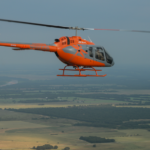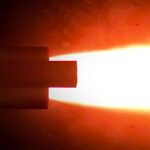
After the omicron variant of COVID-19 delayed plans to return many workers to their offices, telework remained allowable and well-utilized for eligible employees across the civilian nuclear weapons complex last week, spokespersons said. As during the previous two years of the ongoing pandemic, policies were most liberal at the National Nuclear Security Administration’s (NNSA) nuclear-weapons laboratories, where about half of employees were still teleworking as of last week, spokespersons for the sites said in emails on Friday. NNSA is the…

 By
By 











